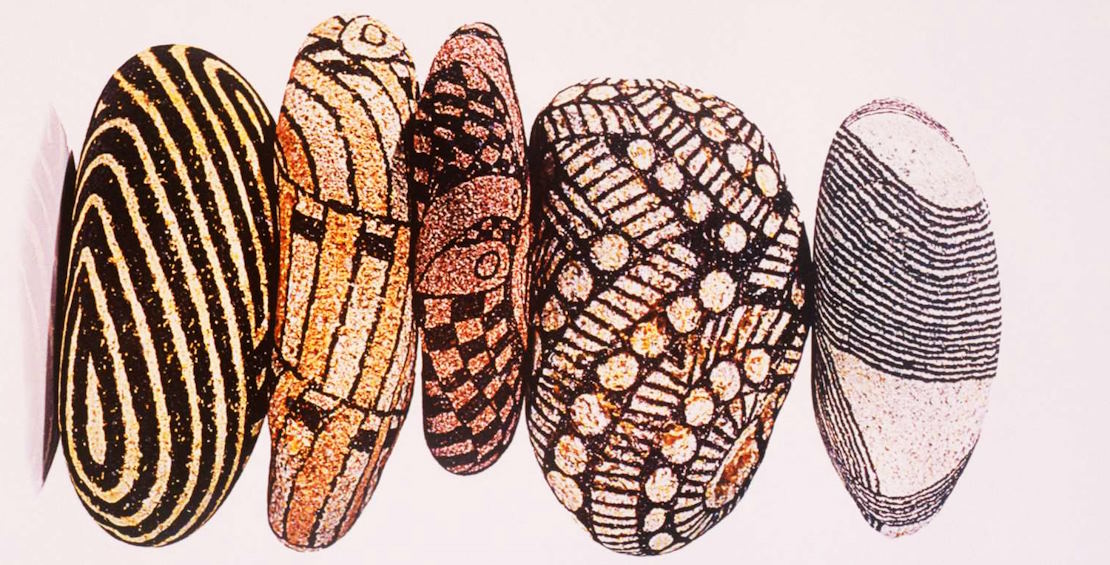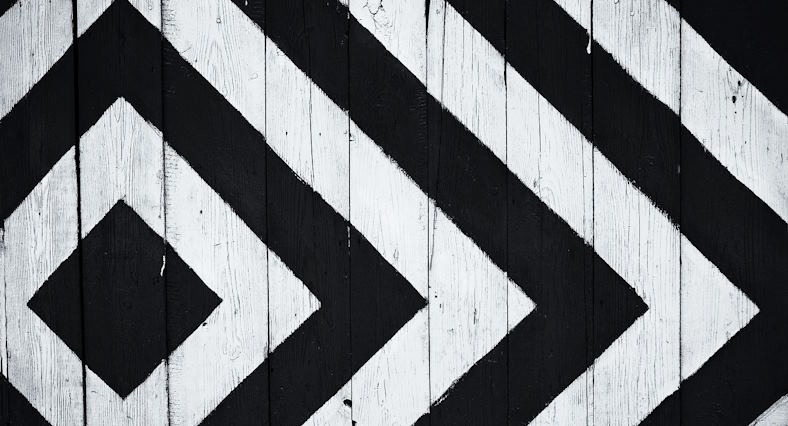Exploring the Role of Texture in Visual Design

Texture serves as a silent yet powerful language in the realm of visual design, capable of speaking volumes without uttering a single word. From the smooth, polished surfaces of modern architecture to the rough-hewn charm of handcrafted textiles, texture adds depth, character, and sensory richness to our surroundings.
Texture in Graphic Design
In graphic design, texture plays a vital role in creating visually compelling compositions that engage and captivate audiences. Through the use of texture overlays, digital designers can add depth and dimension to flat surfaces, enhancing the overall aesthetic appeal of their work. Textures can range from subtle grainy effects to bold, tactile surfaces, depending on the desired effect. By incorporating texture thoughtfully, designers can create visual interest and establish a unique visual identity for their projects.
Moreover, texture in graphic design extends beyond the digital realm, with print designers experimenting with various printing techniques and paper stocks to create tactile experiences for their audience. Embossed textures, spot varnishes, and textured papers add layers of sensory richness to printed materials, elevating them from mere visual stimuli to tangible, interactive objects. Through the careful selection and manipulation of textures, graphic designers can create memorable experiences that resonate with their audience on a deeper level.

Texture in Interior Design
In interior design, texture plays a crucial role in creating harmonious and inviting spaces that cater to the sensory needs of occupants. From the soft, plush textures of upholstery to the rough, natural textures of stone and wood, every surface contributes to the overall tactile experience of a space. Texture adds depth and dimension to interiors, transforming sterile environments into warm and welcoming havens. By incorporating a diverse range of textures, interior designers can create visual interest and evoke emotional responses, turning ordinary spaces into extraordinary experiences.
One of the key principles of texture in interior design is the concept of contrast. By juxtaposing different textures, designers can create visual tension and intrigue, drawing the eye towards focal points within a space. For example, pairing smooth, glossy surfaces with rough, matte finishes creates a dynamic interplay of textures that adds visual drama to interiors. Similarly, mixing natural textures such as wood and stone with sleek, modern materials like glass and metal creates a sense of balance and harmony, enhancing the overall aesthetic appeal of a space.

Texture in Product Design
In product design, texture plays a pivotal role in shaping user experiences and perceptions of quality. The tactile feel of a product’s surface communicates important information about its functionality, durability, and craftsmanship. For example, the smooth, polished texture of a smartphone conveys a sense of modernity and sophistication, while the soft, velvety texture of a luxury car interior exudes elegance and comfort. By carefully selecting materials and finishes, product designers can create tactile experiences that resonate with users on an emotional level, fostering a deeper connection between the user and the product.
Moreover, texture in product design serves a functional purpose, enhancing usability and ergonomics. Textured surfaces provide grip and traction, preventing slippage and improving handling in various contexts. Whether it’s the ribbed texture of a bicycle handlebar grip or the rubberized texture of a kitchen utensil handle, texture enhances the user’s tactile interaction with the product, making it more intuitive and enjoyable to use. By prioritizing both form and function, product designers can create products that not only look good but also feel good in the hands of the user.
Techniques for Adding Texture in Design
There are various techniques for incorporating texture into design, both digitally and physically. In graphic design, texture overlays and filters are commonly used to add depth and dimension to digital compositions. Designers can choose from a wide range of pre-made textures or create their own custom textures using digital painting techniques. By experimenting with different blending modes and opacity settings, designers can achieve unique and visually striking effects that enhance the overall aesthetic appeal of their work.

